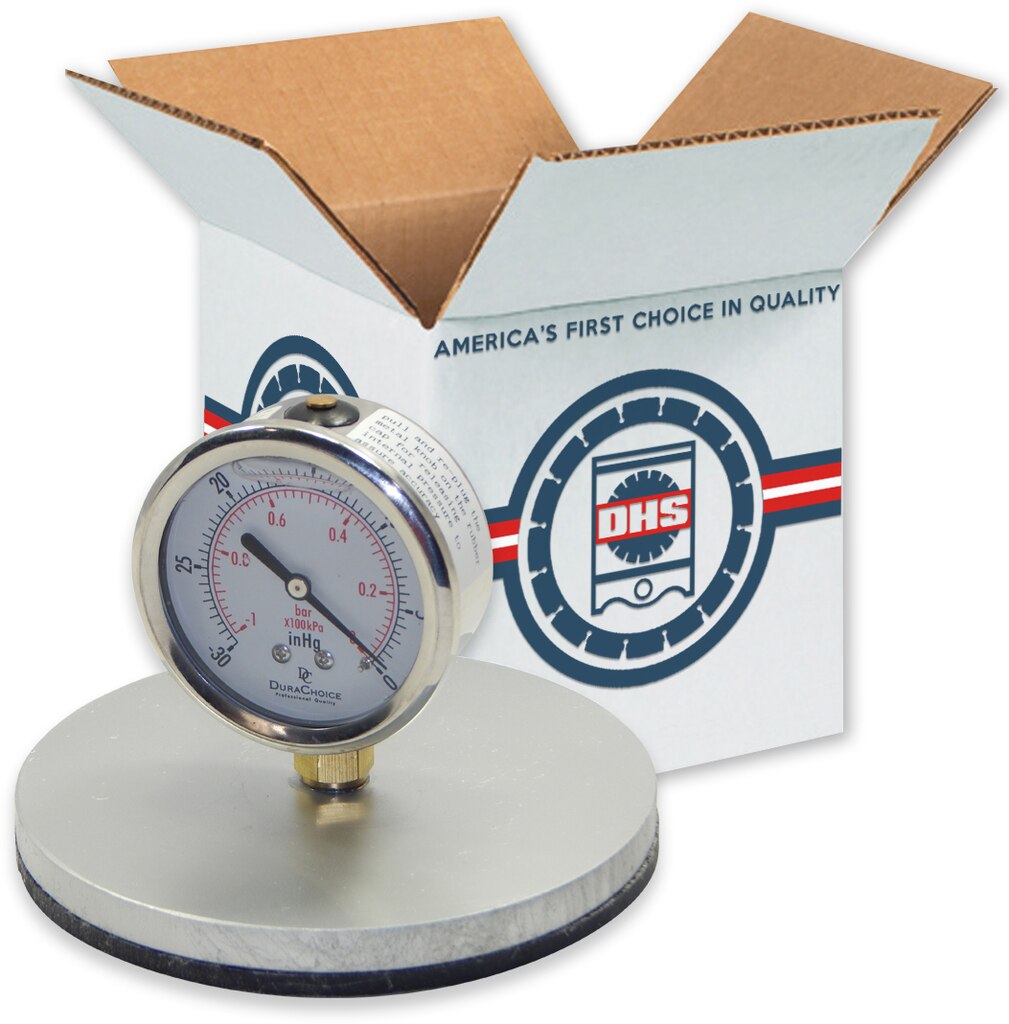How to Use the DHS Equipment Pump Vacuum Test Gauge
Posted by David Schatz - Owner on Apr 3rd 2020

Our DHS Quality Parts brand pump vacuum test gauge is a valuable tool for diagnosing pump performance. Poor suction, poor hose connections, defective o-rings, and pinholes in your suction hose can lead to under-performance and loss of suction. This gauge allows you to accurately test the vacuum of your pump and gives you the best diagnoses for suction issues.
For the best results, make sure to grease the mounting face of the vacuum gauge to ensure a good seal.
To begin, fill the pump housing with cold water until it flows out from the discharge port. Tighten the pump cover and prime plug. Then, start the engine and bring it up to operating RPM.
Be sure to keep the pump housing filled with cold water at all times. If you allow the water in the pump housing to get hot, it could result in lower readings. If too much water is lost, stop the engine and reprime the pump. If it is necessary, you can tilt the pump or partially cover the discharge port to prevent water in the pump housing from being lost.
When the pump is ready, press our DHS vacuum test gauge over the inlet port. The gauge reading should slowly climb and then hold steady. With the gauge still suctioned against the inlet port, turn off the engine. The gauge reading shouldn't change after the engine is stopped.
Excellent results are in the range of 20-24 in.HG (68-62 KPa). Satisfactory results are in the range of 16-20 in.HG (55-68 KPa).
If your pump has poor test results, it could be worn components or an air leak in the system. You should first check for an air leak in the system. Second, poor pressure could be the result of the distance between the impeller and volute. You can try shimming first, but worst case is that the impeller and volute insert are worn.
